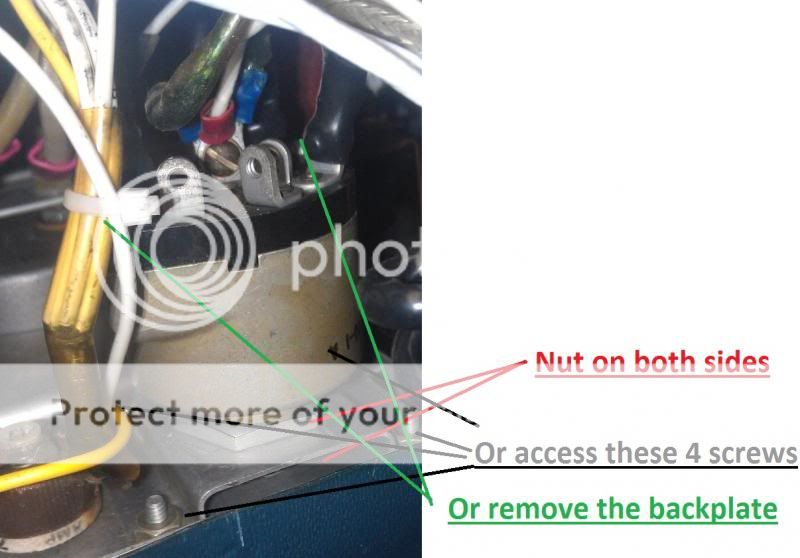simtech
En-Route
Went flying yesterday and went to an airport which was a 10 minute flight to pick someone up. Upon leaving the plane was rather hard to start so my passenger said at next shut down turn off the mags instead of the mixture to help keep fuel in the lines. Okay ill try that.
We get back to drop him off and I turn the ignition switch to off and the engine just about stopped rotation and it start to diesel. So it would almost quit and then make another rotation and almost quit and make another rotation until I finally pulled the mixture to cutoff. So after about 10 minutes I go to fly it home and hard to start again. As im getting close to home the rpm drops like 50rpm and I had to throttle back up for that 50 rpm and everything was fine no roughness or anything.
So im starting to think I might have a P-lead problem??? Or would that cause the engine to keep running like normal? I didn't do a mag check when I got back but all mag checks during the day were within specs. Or am I being paranoid??
We get back to drop him off and I turn the ignition switch to off and the engine just about stopped rotation and it start to diesel. So it would almost quit and then make another rotation and almost quit and make another rotation until I finally pulled the mixture to cutoff. So after about 10 minutes I go to fly it home and hard to start again. As im getting close to home the rpm drops like 50rpm and I had to throttle back up for that 50 rpm and everything was fine no roughness or anything.
So im starting to think I might have a P-lead problem??? Or would that cause the engine to keep running like normal? I didn't do a mag check when I got back but all mag checks during the day were within specs. Or am I being paranoid??

 Quite the test of patients that day was...
Quite the test of patients that day was...
